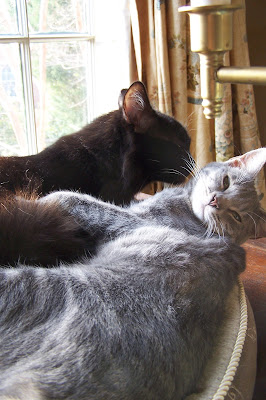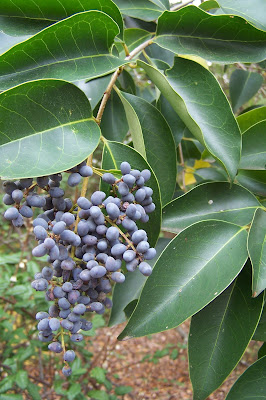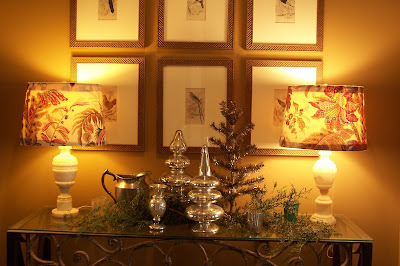Create a deer proof list and Providence will laugh. Go into their range and discover what survives.
Trout lilies, Christmas fern, ginger, hydrangea arborescens, aster, buckeye, cedar, oak, pine, & sourwood are few things thriving amongst a huge deer population near me.
She's wanting a fruit orchard, above. Her wall will stop 'most' of the deer issues.
Trees too tall to reach are an obvious solution to deer issues, but the checkbook, typically, laughs. Plant the trees you love, at the size the checkbook allows, and use stakes with netting until it is a deer proof size.
Flowers are wine & canapes to deer. The best solution I've seen to keeping flowering shrubs? Fruit tree netting. Not perfect, but the shrubs survive & grow.
With deer, camellia, above, become trees not big bushes.
.
Neighborhoods with annuals at the entries, with heavy deer populations, use fruit tree netting. Deer may paw at them, but will eventually leave them alone.
.
Any plant on a deer proof list I assume to be deer bait. Young deer can't read your deer proof list, they learn by trying EVERYTHING.
.
Some gardeners have success with Milorganite around their plantings. It must be reapplied and some who've used say it was no use.
.
Deer proof? Walk woodlands nearby. Like the short list of choices? I don't. Like everything on the list of choices? Well, yes. It's that or nothing. The worst thing is to buy, plant and the deer have a feast. You're out time, labor, money. Money can be earned. Time can be reclaimed by no one.
.
Garden & Be Well, XO Tara
.
Garden Designers Roundtable: More Voices About Deer In The Landscape
http://gdrt.wordpress.com/2011/12/13/gardening-with-deer/
Gardening with Deer
December 13, 2011 by
Scott HokunsonQuite a few years ago at a conference for the Connecticut Nurserymen’s Association, I sat in on a talk by a local landscape architect who’s topic was “Deer-Proof plants”. Slide after slide he would tell the audience “this particular plant has shown great resistance to deer” or “deer won’t eat this because…”, and slide after slide some member of the audience would raise their hand and say “the deer eat that in my garden”. The poor guy never stood a chance.
Deer have become a major problem in the landscape, and the reasons for the increase in deer damage range from development encroaching on their territory to populations thriving on the lush banquet our gardens provide for them. Whatever the reason, choosing the right plant for the right place no longer guarantees success in the garden, you must also ask “Guess Who’s Coming to Dinner?”
This month on the Roundtable, our designers discuss, “Gardening with Deer”. Follow the links below and find out how they deal with their uninvited “guests”!
























